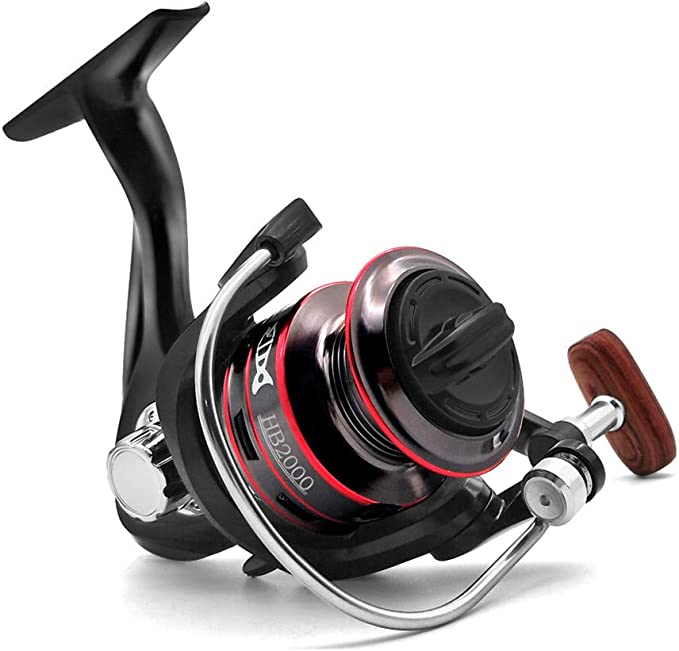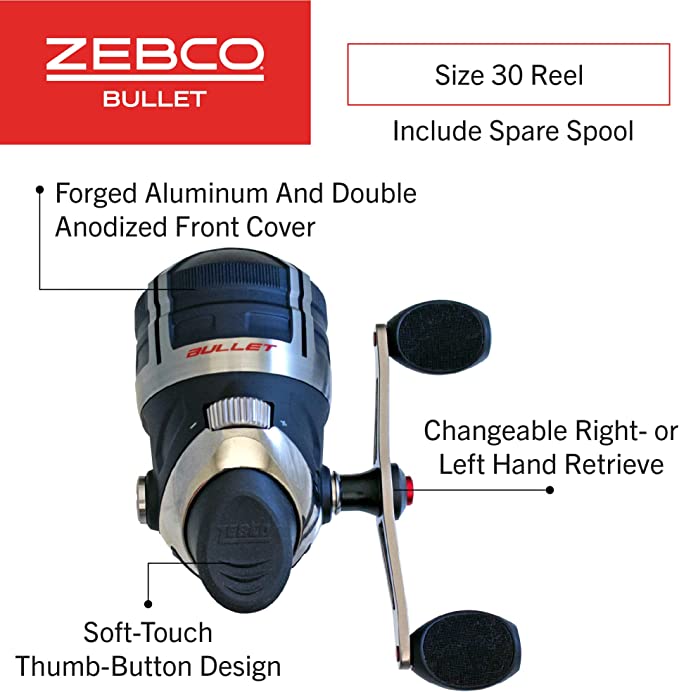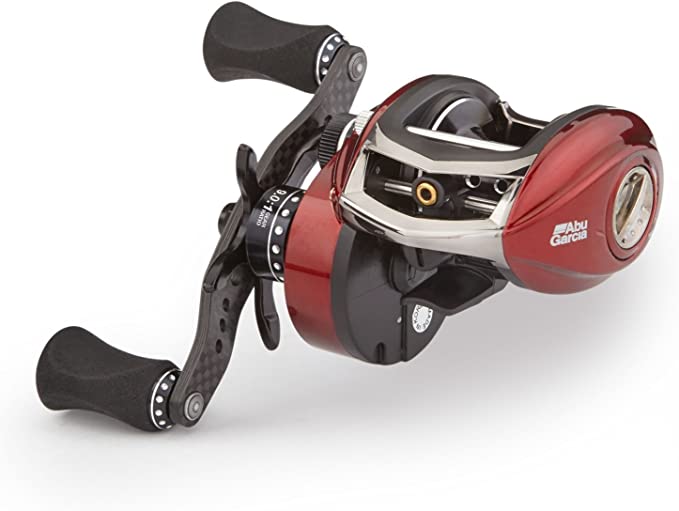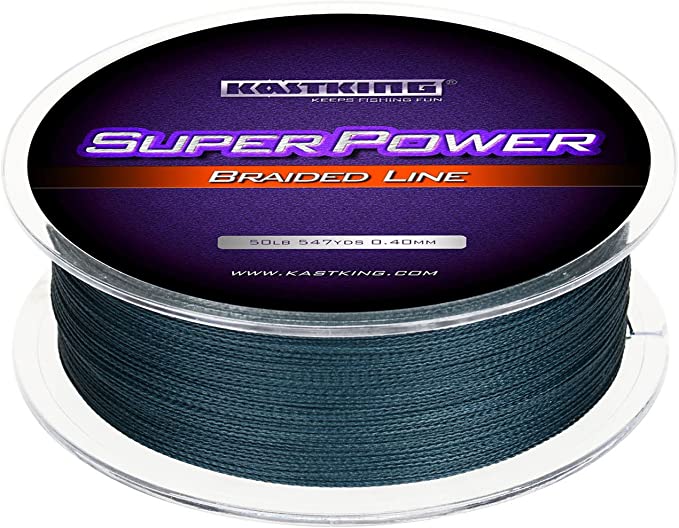Daiwa TANACOM1000: The Engineering Behind Deep Drop Fishing * productName: Daiwa TANACOM1000 Dendoh Fishing Reel
Update on Aug. 1, 2025, 4:40 p.m.
Deep-sea fishing is often romanticized as a battle of wits and strength against the ocean’s most formidable creatures. But for many, the reality of deep drop fishing—hauling a multi-pound sinker and hopefully a fish from depths of over 1,000 feet—is a grueling test of endurance. It’s a marathon against gravity and water resistance, a physical barrier that has long limited who can participate and for how long. The Daiwa TANACOM1000 changed that narrative, not by making fishing easier, but by making it smarter. It’s a marvel of modern engineering, a piece of gear that bridges the gap between traditional angling and cutting-edge technology.

The Physics of Power: From Brute Force to Controlled Torque
At first glance, an electric fishing reel seems like a simple convenience. But its design is a testament to applied physics, specifically the principles of torque and gear ratios. In a traditional reel, an angler’s manual turns are amplified by a gear system to retrieve line. The TANACOM1000’s core innovation lies in its high-torque motor, which takes over this laborious task. The reel operates on a 2.3:1 gear ratio, a choice that may seem low compared to high-speed reels, but it’s a deliberate and critical design decision.
According to fundamental mechanics, torque (the rotational force) is inversely proportional to speed. A lower gear ratio generates more torque, which is essential for pulling heavy loads from the deep. This low gear ratio allows the motor to retrieve line with minimal strain, converting the motor’s high-speed rotations into a powerful, slow, and steady pull. With a maximum drag of 48 pounds, the reel’s system is capable of handling the explosive runs of a deep-water tuna or the dead weight of a massive Alaskan halibut. As one verified reviewer noted, this is the kind of power that lets you “boat 7 halibut between 100# and 225# in a four-day fishing trip,” a feat that would be nearly impossible with a manual reel. This isn’t cheating; it’s a strategic application of engineering to overcome the physical limitations of the human body.
A Masterclass in Human-Machine Interface
Beyond its brute strength, the TANACOM1000’s true genius lies in its human-machine interface—the seamless way it communicates with the angler. The reel’s LCD display is a game-changer, providing real-time data that traditional anglers could only estimate. It shows the exact amount of line deployed, a feature crucial for targeting specific thermal layers or underwater structures where fish congregate.
The programmable features further refine this relationship. The Automatic Stop function, for example, is a form of electronic safety, using a depth memory to automatically halt retrieval when the lure reaches a pre-set point. This prevents potential damage to the reel or rod, and saves the angler from having to watch the line continuously. The Jigging feature, another innovation rooted in electronics, automates the up-and-down motion of the lure, a technique that is often exhausting to perform manually for extended periods. This level of intelligent assistance turns deep drop fishing into a more strategic endeavor, freeing the angler to focus on reading sonar, setting the hook, and managing the fight.
Engineered for Survival: The Marine Environment as a Design Challenge
The saltwater environment is an unforgiving test for any piece of equipment. The presence of salt accelerates corrosion, and water ingress can short out sensitive electronics. The TANACOM1000’s design philosophy confronts these challenges head-on. Its sealed electronics package is a robust solution to protect the motor and circuit board from the corrosive effects of saltwater spray and accidental submersion. Furthermore, its washable design allows for a simple freshwater rinse after each trip, an essential step for maintenance that extends the reel’s lifespan and ensures continued performance.
A reel’s drag system is its most critical component for fighting big fish, and the TANACOM1000 features a sealed drag to maintain consistent pressure. Saltwater can easily contaminate an unsealed drag, causing inconsistent performance and potential failure during a crucial moment. By sealing the system, Daiwa ensures that the drag remains smooth and reliable, a necessity when battling powerful fish hundreds of feet below the surface. This attention to durability and maintenance is a key reason why the TANACOM1000, first released in late 2013, has become a fixture in saltwater fishing for over a decade, a testament to its robust engineering.
Beyond the Deep: Versatility in a New Fishing Culture
While its deep drop capabilities are what made the TANACOM1000 a legend, its utility extends far beyond. The reel’s precise line control and powerful retrieval make it an ideal tool for kite fishing in places like Fort Lauderdale, Florida. This technique involves using a kite to deploy baits far from the boat, and the reel’s variable-speed Power Lever allows anglers to adjust the kite’s position with a flick of a switch. This versatility is a reflection of a broader cultural shift in fishing, where technology is not seen as a replacement for skill, but as an enabler for new techniques and more successful outcomes.
The 12-volt system (12-16.8V) is a final piece of its integrated design, making it compatible with standard marine power sources. This allows for long hours of uninterrupted fishing, a practical feature that professionals and avid hobbyists alike appreciate. The TANACOM1000 embodies a new era of angling—one where technology and tradition coexist, empowering anglers to explore the depths and redefine what’s possible on the water.
























